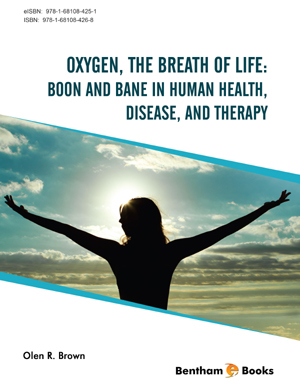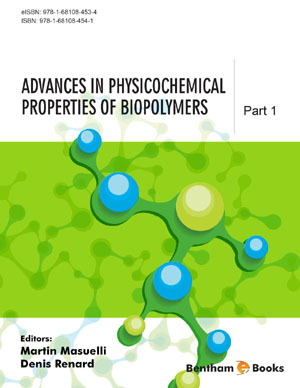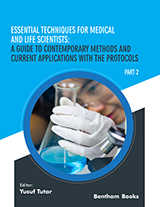Abstract
Oxygen paradoxically exhibits both strongly positive and violently negative effects in biological systems. Irwin Fridovich succinctly characterized this as the “boon and bane” of oxygen. Joe M. McCord in Fridovich’s laboratory, in 1969, had discovered the enzymatic activity of copper-zinc superoxide dismutase that fueled a revolution in research into the mechanism used by the body to defend itself against the toxicity of oxygen. Superoxide dismutase converts the biologically-active oxygen radical, superoxide, into molecular oxygen and hydrogen peroxide and the latter is a substrate for catalase which is abundant in cells and converts hydrogen peroxide into oxygen and water. Oxygen has been shown to be a vital participant in extremely diverse biological functions including phagocytosis, athletic performance, ageing, mitochondrial energetics, and a host of oxidant stress-related and degenerative diseases which are areas of continuing research today. The mechanisms of oxygen toxicity at the cellular level were primarily speculative until near the end of the 1960s when the significance of oxygen “free radicals” became the dominate research theme. The means to examine the mechanisms of oxidative damage to enzymes, membranes and DNA became available and scientists began to probe into intracellular sites and mechanisms of oxygen toxicity. The realization that various electronically “excited” (free radical forms of oxygen) were the culprits that damaged the vital and sometimes delicate machinery of life was brought into sharp focus by the discovery of superoxide dismutase and its exploration by both pure and applied researchers in medicine, chemistry, biochemistry, and molecular biology. There were controversies, primarily about which oxygen radicals were most significant, but this led to realization that a host of factors including the chemistry and biology of the many oxidized species, iron and other transition metals as electron donors, and complex cellular defense mechanisms were essential parts of the new story that began in the late 1960s and is continuing today.
Keywords: Ageing, Diffusion limited, Fenton reaction, Hydrogen peroxide, Hydroxyl radical, Iron, Irwin Fridovich, Joe McCord, Lipid peroxidation, Mitochondrial respiration, Oxidation-reduction, Oxygen free radical, Peroxidase, Redox cycle, Singlet oxygen, Superoxide, Superoxide dismutase, Transition metals, Vitamin A, Vitamin C, Vitamin E.

















